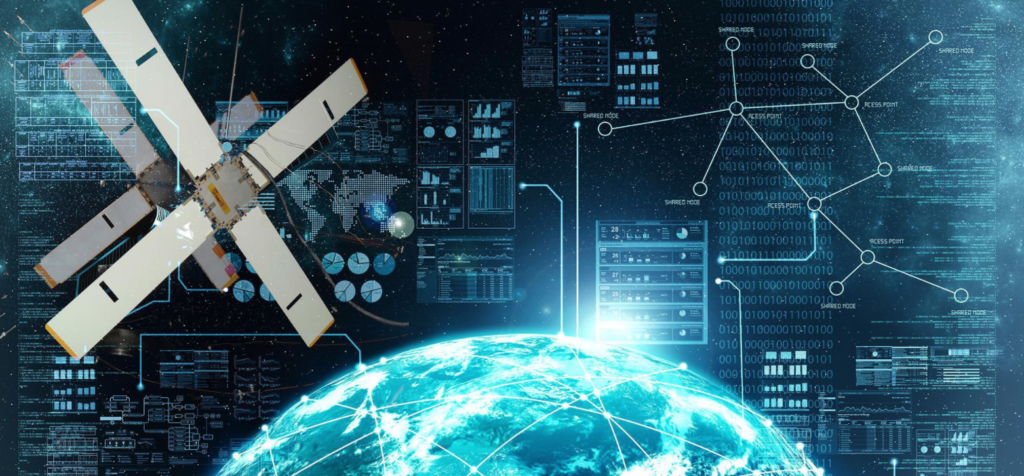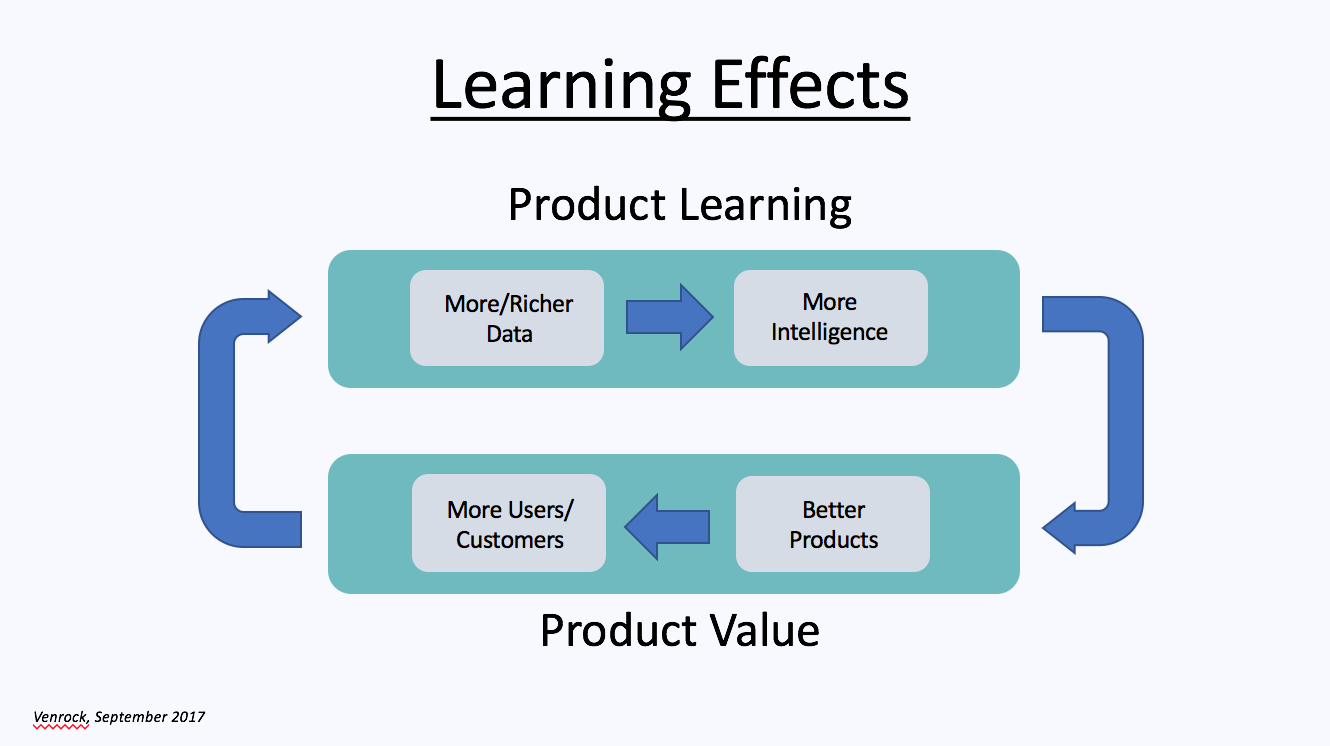
Much of the early public discussion about AI focused on what AI could do better than humans and where it would replace human labor. The same thing happened with the emergence of computers in the 1960’s, personal computers in the 1970’s and the internet in the 1990’s. This line of thinking is a natural human response to new technologies perceived as a threat, but it misses the far more important point that the big breakthroughs in productivity and intelligence come from human-AI, human-internet and human-computer teaming.
In this podcast discussion with Gautam Mukunda and Shawn Bice, we had a chance to dig into what the collaborative human-AI intelligence of the future will look like, how AI will change human decision-making and how it will impact employment, science and technology innovation. You can listen to the discussion here.




